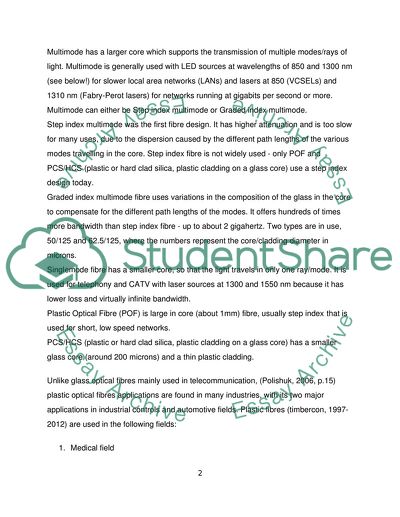Cite this document
(Developments in Plastic Optical Fibres and Semiconductor Light Sources Research Paper, n.d.)
Developments in Plastic Optical Fibres and Semiconductor Light Sources Research Paper. Retrieved from https://studentshare.org/technology/1767417-developments-in-plastic-optical-fibres-and-semiconductor-light-sources
Developments in Plastic Optical Fibres and Semiconductor Light Sources Research Paper. Retrieved from https://studentshare.org/technology/1767417-developments-in-plastic-optical-fibres-and-semiconductor-light-sources
(Developments in Plastic Optical Fibres and Semiconductor Light Sources Research Paper)
Developments in Plastic Optical Fibres and Semiconductor Light Sources Research Paper. https://studentshare.org/technology/1767417-developments-in-plastic-optical-fibres-and-semiconductor-light-sources.
Developments in Plastic Optical Fibres and Semiconductor Light Sources Research Paper. https://studentshare.org/technology/1767417-developments-in-plastic-optical-fibres-and-semiconductor-light-sources.
“Developments in Plastic Optical Fibres and Semiconductor Light Sources Research Paper”, n.d. https://studentshare.org/technology/1767417-developments-in-plastic-optical-fibres-and-semiconductor-light-sources.


